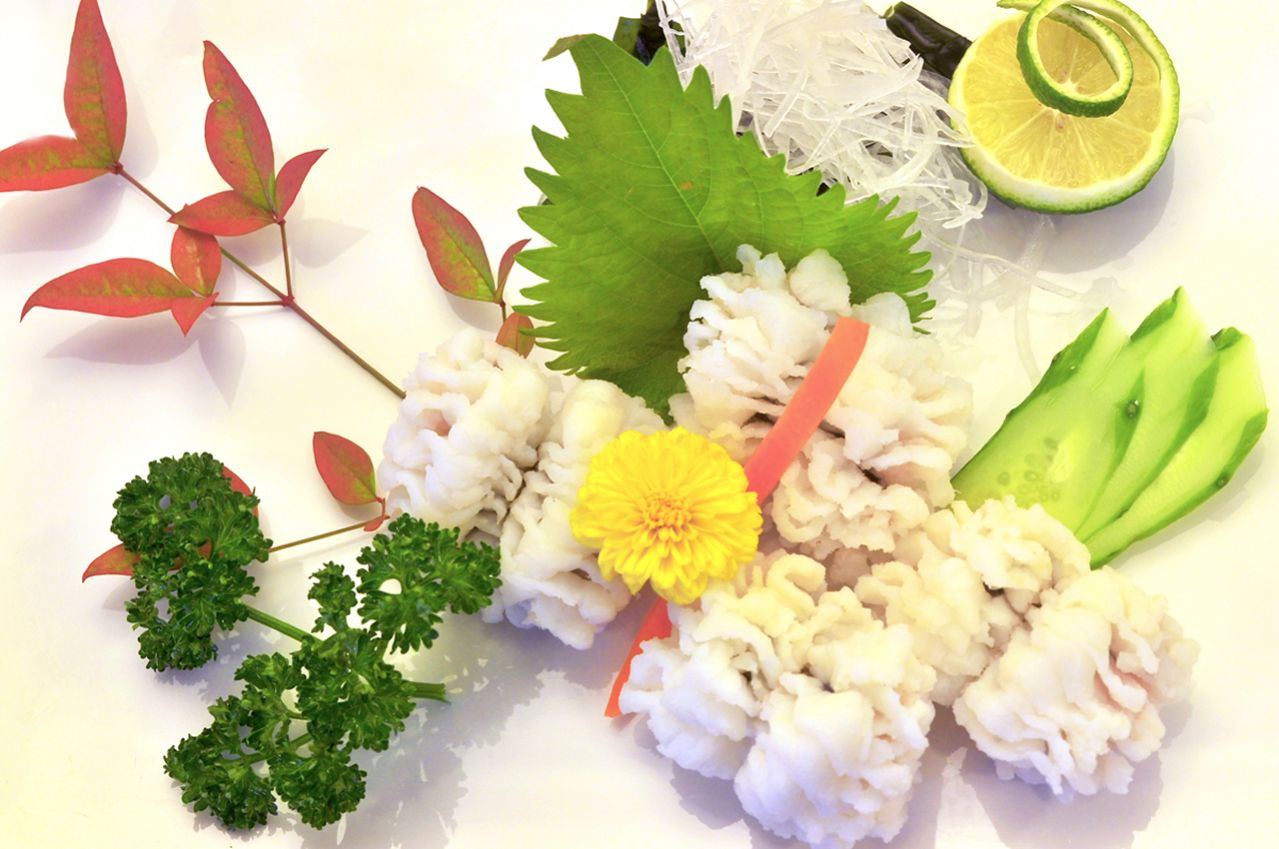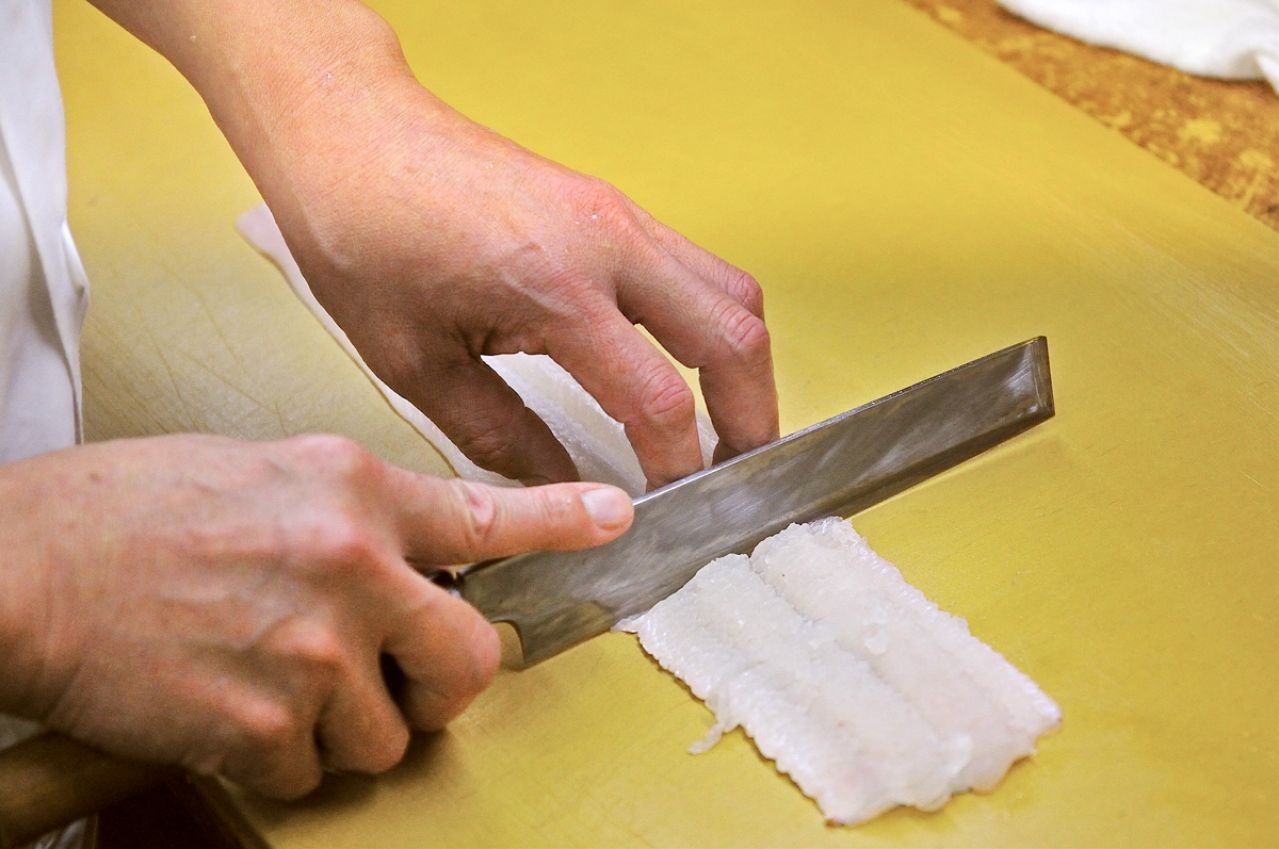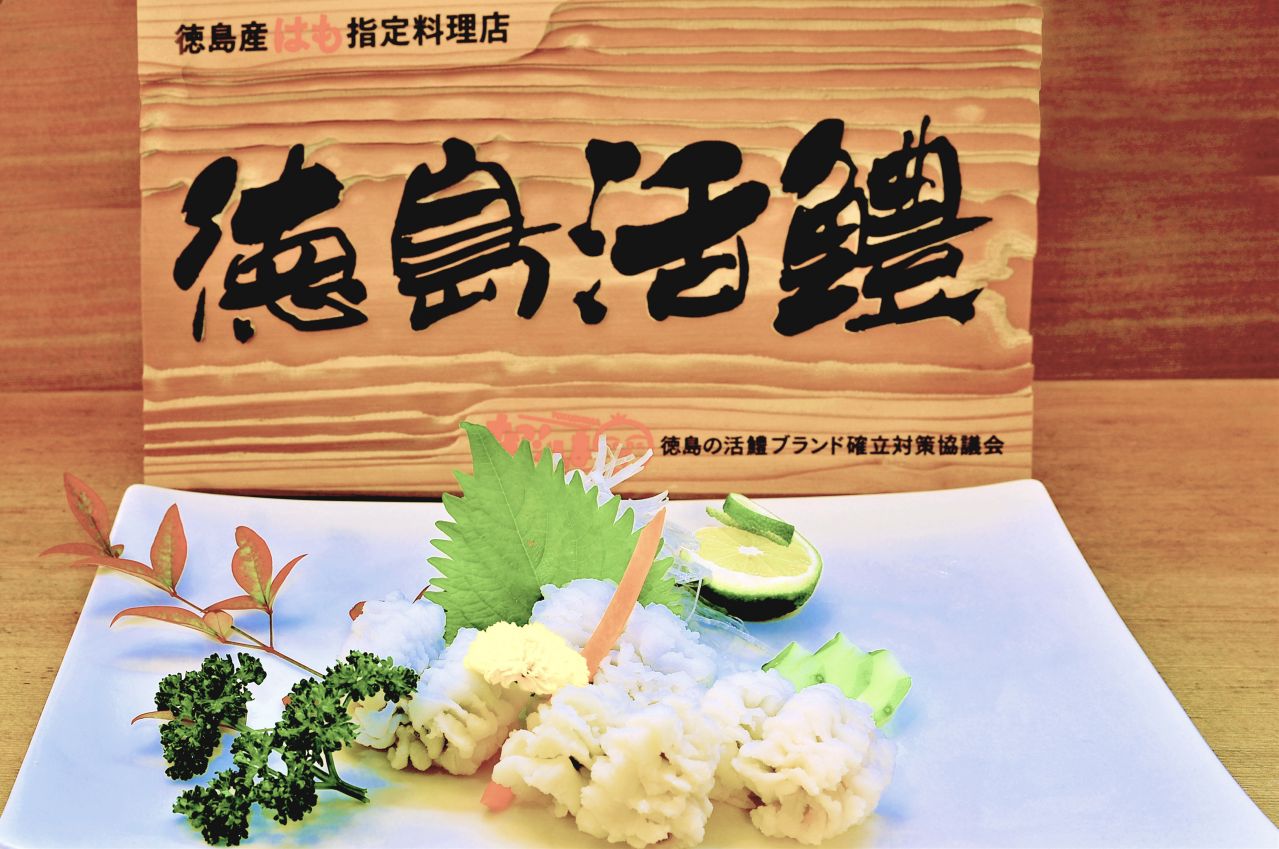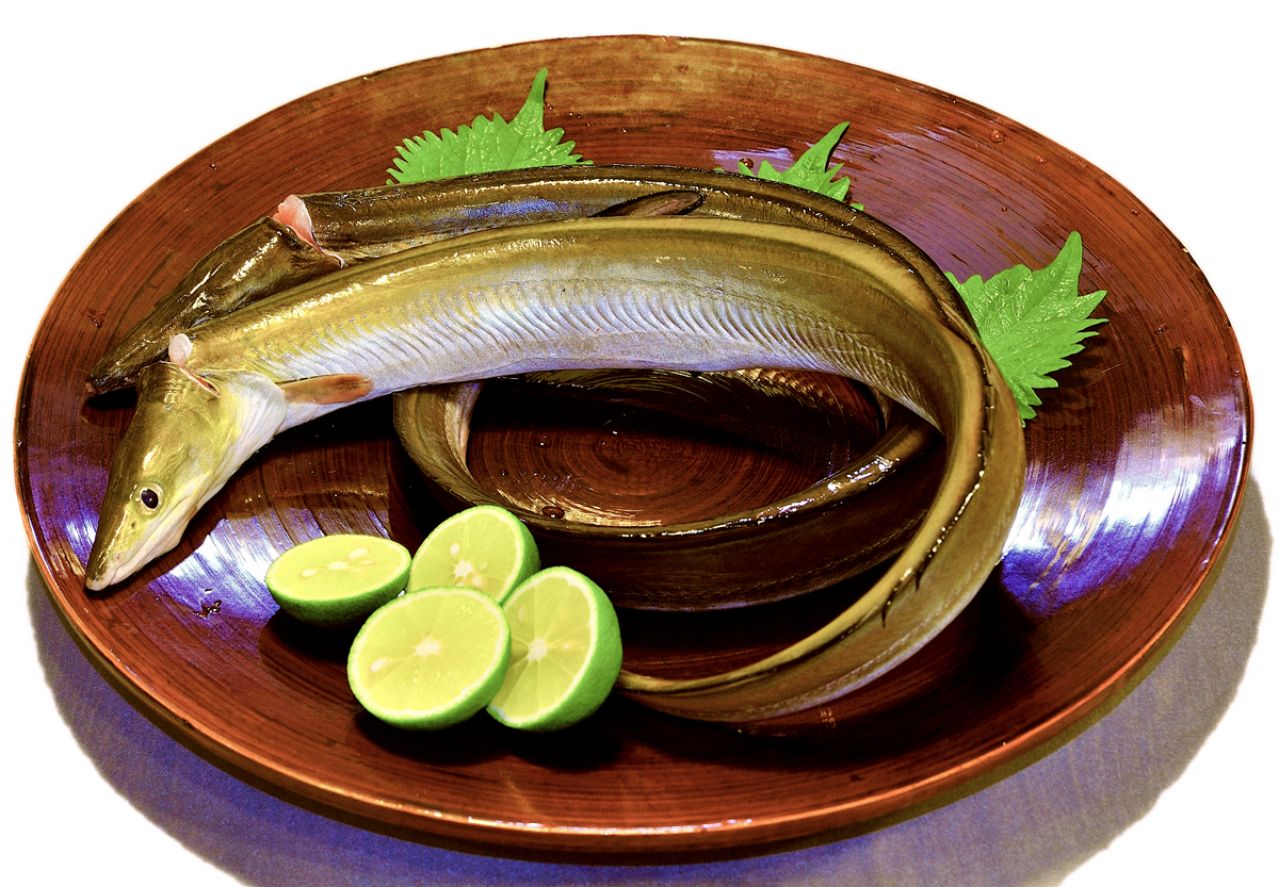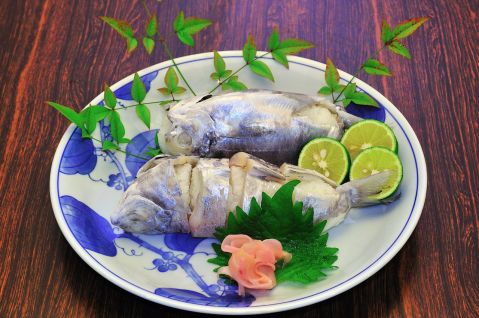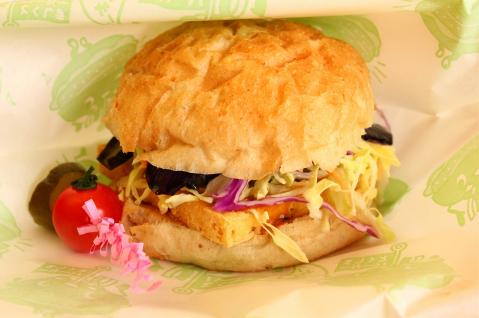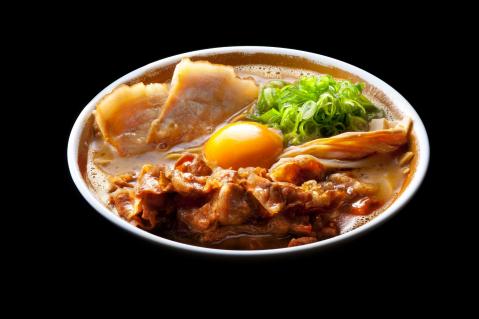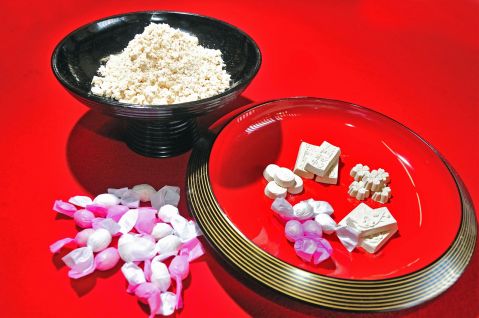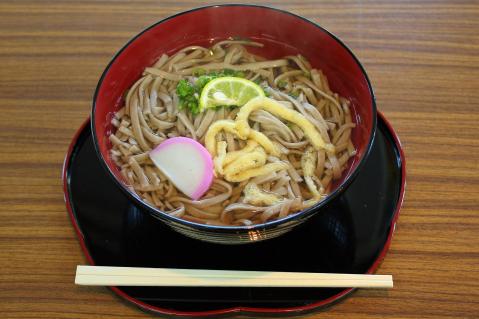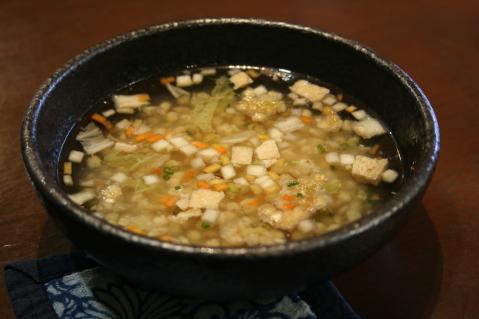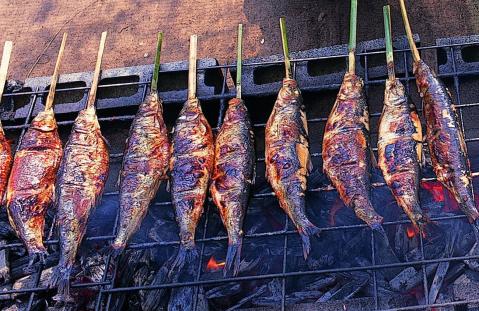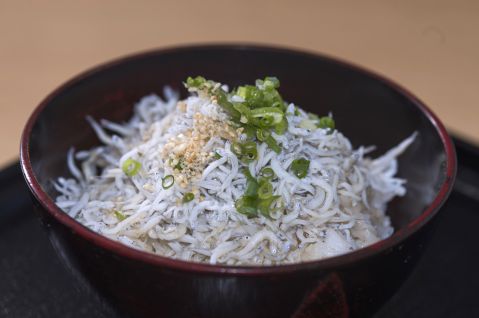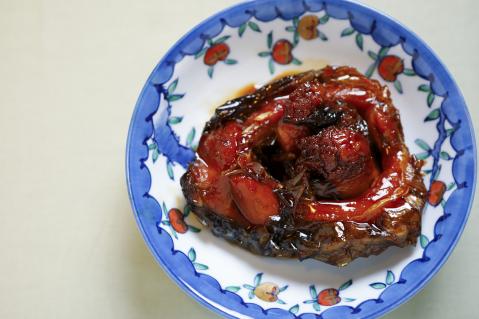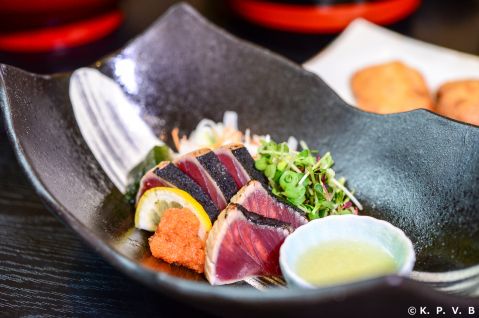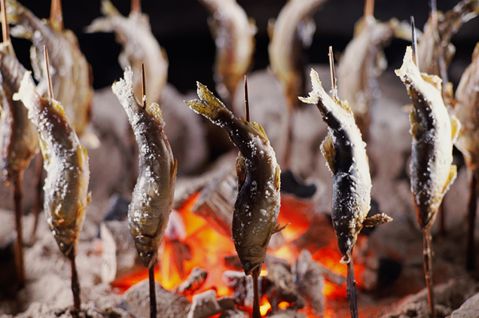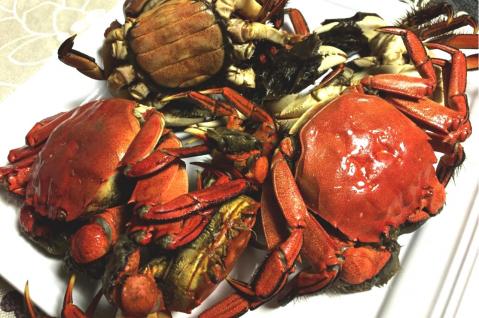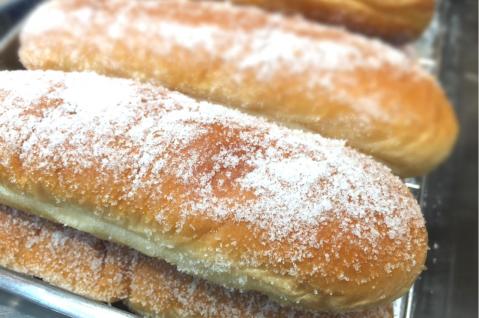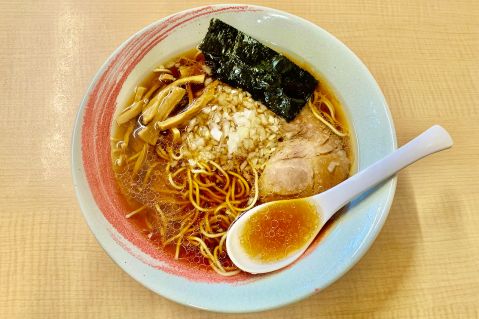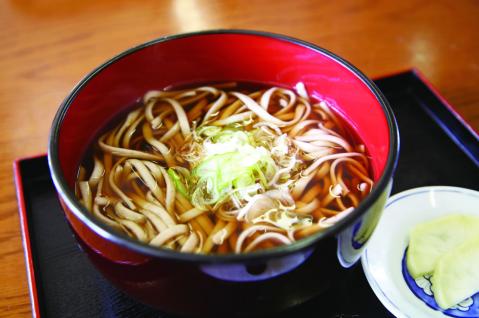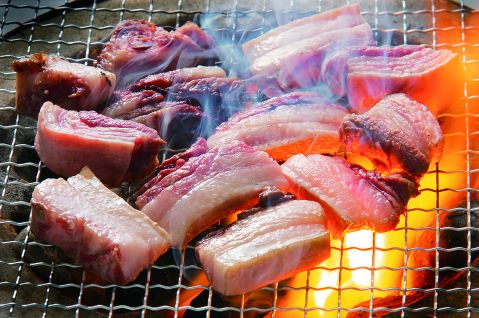Hamo (Pike Conger)
Experience the delicate harmony of its refined sweetness, rich umami from the skin, and tender, melt-in-your-mouth texture
About Hamo (Pike Conger)
Hamo (ハモ, Pike Conger) is a celebrated specialty of Tokushima Prefecture, boasting one of the highest catch volumes in Japan.
Despite its fierce appearance, hamo offers an elegant sweetness and umami flavor, making it a quintessential summer delicacy in the Kansai region. Known for its premium quality, Tokushima dominates in both the catch volume and market value of hamo. This fish holds a strong cultural presence, particularly in Kansai traditions, where it is an essential dish during popular summer festivals like Kyoto's Gion Festival and Osaka's Tenjin Festival.
A classic preparation is "hamo no otoshi" (lightly poached hamo), which highlights the fish's beautifully white flesh and its refined, natural flavors. The peak season falls in June and July, just before its spawning period in August and September, when the fish is at its prime nutrient and flavor profile. Another notable period is in autumn, offering a deeper and richer flavor, giving hamo two distinct seasons of enjoyment.
Hamo's versatility allows you to enjoy it in a wide array of dishes, including steamed preparations, teriyaki, grilled kabayaki, tempura, and hot pots. While traditionally associated with Japanese cuisine, its light and delicate white flesh makes it an excellent choice for Western dishes like meunière or fried fillets.
Hamo is characterized by its numerous fine, branching bones, referred to as "nikukan-bone." The intricate process of "honegiri" (bone cutting) is a testament to the skill and experience of chefs. Ideally, the technique involves making 24–26 precise cuts per inch (about 3.3 cm), leaving only the skin intact.
In Tokushima City, the local branding of hamo as "Odoru Ahou" (The Dancing Fool) pays homage to the famous Awa Odori dance, while in Komatsushima, efforts are underway to promote hamo as the city's recommended seafood. These initiatives showcase the culinary pride and heritage of Tokushima’s hamo.
Related videos
Reviews
There are no reviews yet.
